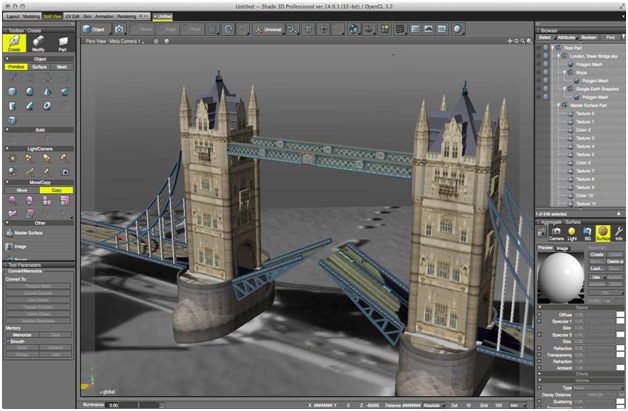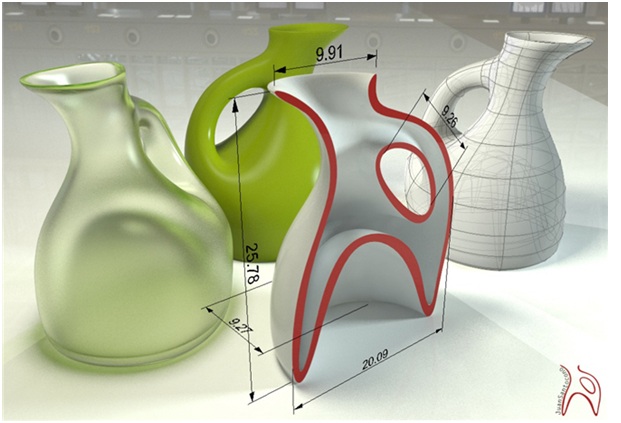One of the best things that have happened to mankind since the invention of machines is 3D modeling. Virtually every production today, be it a still image or motion picture, carries elements of 3D models. In order to succeed in this aspect of modeling, it is important you lay down a solid framework that defines your project from start to finish. First of all, you need to be clear with the concept of 3D modeling, for which you can also choose to join the SketchUp 3D modeling course that would help you understand the concept better.
All that you want to achieve must be clear from the word go so that all your efforts including research and investment can go towards refining your end goal. For instance, if you want to model a cruise ship or a jet, you have to do proper planning which involves picking up images of your ship or jet and watching movies so as to see these objects in action. Ultimately, you will find a detailed line art of the object you want to model which you can then scan and feed into your 3D program to use as a template.
3D Modeling Approaches
When figuring out how to construct a model, try as much as possible to take the simplest path possible to success. Try keeping it simple because complicated models tend to bog down the system and cause trouble down the road.
Bump and diffusion mapping is one of the simple approaches that utilizes bitmapped images to give the impression of additional mesh details on the object you are creating. Especially for objects that are distant into the scene or aren’t the focus of attention, bumper and diffusion mapping can help substitute for lots of detailed mesh.
In your modeling approach, you should also decide how the model will be animated. If during animation you don’t intend the far side of an object to be seen then it makes no sense modeling it.
Always doing a test run using a quickly defined version of your object can help determine whether a given modeling approach will indeed work. Experimenting 3D approaches also helps you to come up with alternatives which you may never have thought off before.
Organizing Your 3D Modeling Project
In order to have an organized as opposed to scattered project, you need to take some time to set up directories and folders to help you contain your files. The beauty with folders is they help you keep all your files related to your project in an easy to find and access directory. This also makes it easier to back up your projects.
Naming the various individual objects making up your model is also very important. This is because with time, your 3D models start becoming complex and selecting the various parts by eye can be an arduous task.
Modeler Concepts
After your planning and organization, you should now move to the 3D software itself. There are four main types of modeling systems that are featured in software packages.
- Polygonal modelers are the oldest and most basic types which deal with 3D objects as polygon groups only.
- Spline modelers are a bit more sophisticated and allow you to work with objects that are resolution-independent.
- Patch modelers on the other hand are best suited for sculpting organic objects.
- Lastly, parametric modelers allow you to change the parameters of an object later in the process to give it maximum flexibility.
Each of these modelers has its own weaknesses and strengths, and this means you need to consider your software choice carefully so as to get the best mix.

